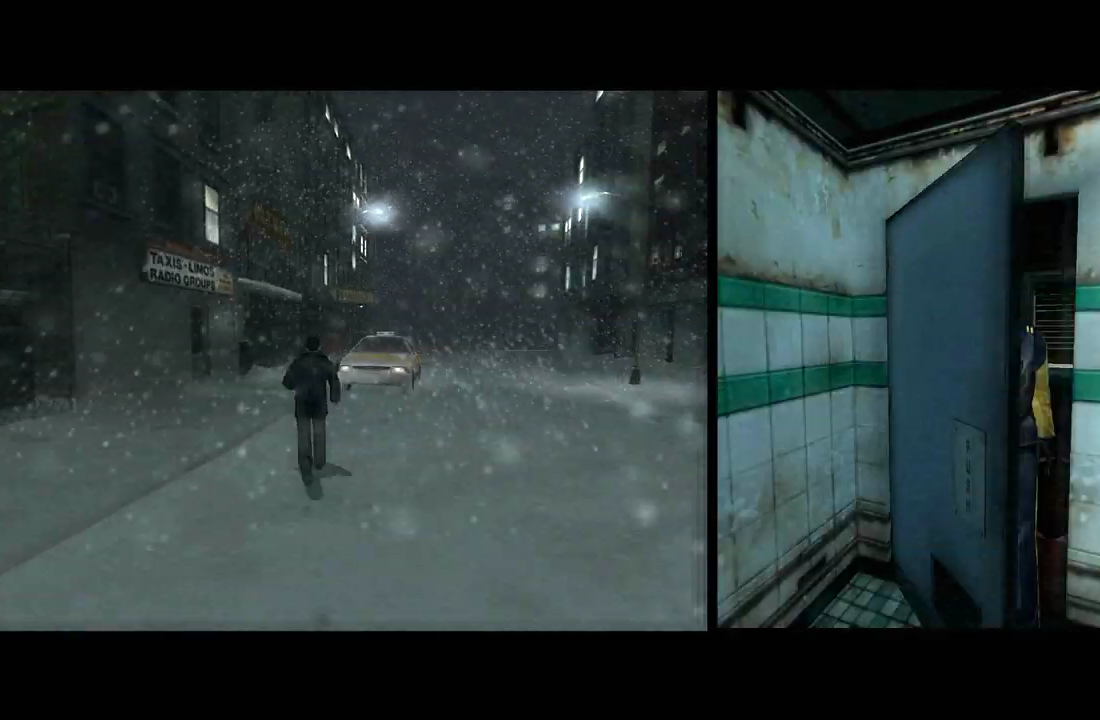
Shuffle the tiles and place them in several stacks, face down, beside the board. The route tiles each show 3 separate, continuous routes. Place the other 12 gems beside the board in reserve. One blue sapphire and 5 green emeralds go on the dark blue tile in the middle, while one yellow amber goes on each light Hue treasure tile (on the arrow). Gems are placed on the treasure tiles at the beginning of the game. The dark blue one goes in the middle and the light blue ones along the edge with the arrow pointing to the middle. It consists of hexagons, of which 7 are highlighted in color These are the treasure fields. Whereas in the first case others gain nothing, in the second case a fellow player is rewarded with a gem as well! Setupįirst set up the game board. The exits either belong only to one player or are shared with another player. In order to gather the most precious gems, players lay pathways along which they move gems to the exits on the edge of the board.


The color has a soothing effect and provides a clear head, which is exactly what players need during the game as they search for the most precious gems. Its deep hue is a symbol of eternity and immortality. The player with the most points wins.Indigo is a deep shade of blue obtained from the Indian Indigo plant since ancients times. Once all the gems have been claimed, the game ends, with players earning 3 points for an indigo gem, 2 for green, and 1 for yellow. If two players own the goal, then both players collect a gem of that color, taking the extra gem needed from the reserve.

When a gem is moved to a goal owned by only one player, that player keeps the gem. If a player places a tile so that one gem would run into another, both gems are removed from the game! (Thus players avoid the mental gymnastics required in Metro and Linie 1 in which nothing moves until a route is complete.) When connecting to the central tile, the green gems move off first, with the indigo gem moving only with the sixth connection.

If a player places a tile next to a gemstone, that gemstone "moves" as far as possible along the route so that all players can see where to place tiles to next move that gemstone. Each tile has three route segments on it, connecting one pair of edges. On a turn, a player places a tile on any space on the game board, with the only restriction being that a player cannot create a route directly from one goal to another. Each player places goal markers on goals between these U-turn tiles on the edge of the game board: in a two-player game, the players alternate goals in a three-player game, each player has one goal to herself, while sharing two others and in a four-player game, each player shares a goal with every other player. Place six "U-turn" tiles at their designated locations on the outer edge of the game board, then place a yellow gem on each such tile. To set up the game board, place the central hex tile, then add five green gems and one indigo gem to it. Unlike those earlier games, however, your goal is to move gemstones from their starting locations on the board to your designated goals, with the player who scores the most points winning the game. Indigo is a tile-laying game along the lines of Metro, Tsuro, and Linie 1 in which players build paths bit by bit, with no player owning the individual paths and everyone trying to exploit the paths already present.


 0 kommentar(er)
0 kommentar(er)
